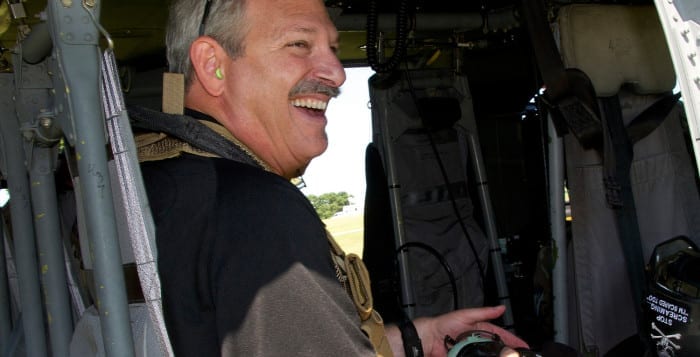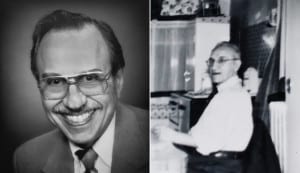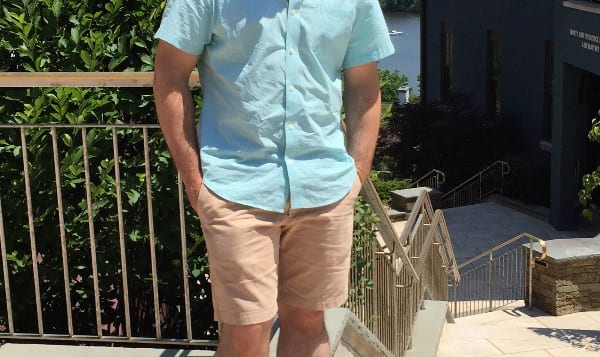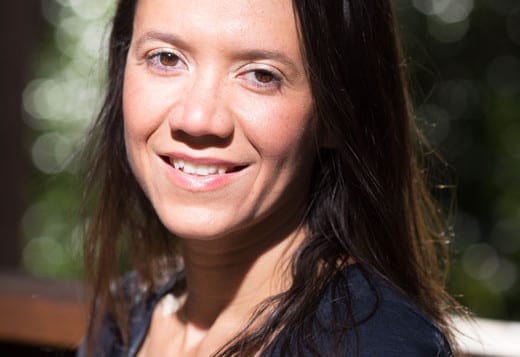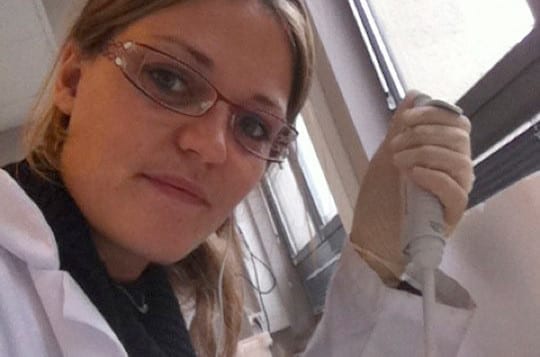Back when my kids were much younger, they didn’t always play with their best friends at school or even on playdates. Sometimes, their friends would push trains around a room while they would bounce a ball, connect the dots or create an original drawing. The first time I heard the term “parallel play,” I remember nodding in agreement.
Fast forward to the teenage years, and on most days parents and their children live parallel lives. We occupy the same house, we walk in and out of the same bathroom, we sometimes sit at the same table, but we don’t always connect or even interact with each other on a substantive basis.
Just to keep my kids on their toes, I sometimes ask them on a weekend how school was. The conversation goes something like this.
Me: “Hey guys, how was school?”
Kids: “Good.”
Me: Smiling.
Kids: Replaying the short tape of the conversation to see why dad is still looking at them.
Kids: “Wait, we didn’t have school today.”
Me: “Right, so tell me, how was your Saturday morning.”
Kids: “Good.”
Me: Sigh.
Recently, though, the stars all aligned for my family, giving us a chance for more than the usual brief interactions on our way to something else. My daughter started reading the John Green young-adult novel, “Paper Towns.” She finished it in little more than a day and left it on a counter. My wife and I took turns reading the same book.
When we suggested our son try reading something during the summer, he initially resisted. Given the consistent message from my wife and me, he relented and grabbed the nearest book which, as it turned out, happened to be “Paper Towns.”
What’s followed has been a bending of those parallel lines. Remarkably, our daughter who considers herself something of a morning person in the late afternoon woke up one day and entered into a discussion with me about the book. Yes, that’s right, a discussion. I consider any exchange of dialogue that involves more than two sentences, eye contact and a continuation of a conversation beyond a single room a discussion.
It’s not that she or I loved the book, or even particularly related to it. The interaction allowed us to share what we thought of the overall plot points, of the characters in the book and the story arc. We had also both read another of Green’s books, “Looking for Alaska,” and compared some themes that overlapped in both books.
In the meantime, conversations with our son about what he’s read have included a detailed recall of the most recent chapter he completed.
No, this isn’t a ringing endorsement of the book or of the author. In fact, none of the four of us is eagerly encouraging friends and family to get a copy as soon as possible so they can read it before they see the movie.
I am, however, suggesting that a family book club is a way to create a delightful and meaningful intersection of those parallel lines, enabling us to converse and connect. We have had our moments when two of us have wanted to read the book at the same time. Given our different schedules, however, that has happened considerably less often than I would have imagined.
The benefit of a book over, say, a trip to a lake or an amusement park is that the words on the page give us common ground. That becomes the starting point from which we can share our respective perspectives.
Without a specific assignment, our kids can share a relaxed view of a book. The conversations can, and have, brought us together.

